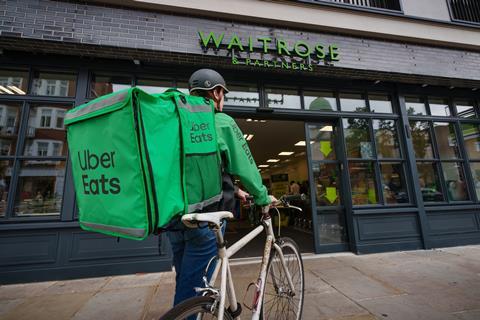
The UK on-demand grocery delivery channel has grown to nearly 80 million orders a year, worth more than £2bn, according to new analysis.
The channel’s value has shot up from almost nothing five years ago, revealed Rodeo, an app that lets couriers track earnings from multiple delivery platforms such as Uber Eats and Just Eat.
The pace has picked up particularly in the past two years, during which the value of on-demand has roughly doubled, according to Rodeo’s annualised estimates, based on millions of orders placed with its 20,000 UK users in the first half of 2024.
On-demand is defined as orders that arrive at the customer’s door within about an hour, usually picked in store by the retailer’s staff. It is distinct from ‘rapid delivery’, which promises fulfilment from dark stores in as little as 10 minutes.
Virtually all major grocers either launched or quickly scaled existing on-demand delivery services during the pandemic. At the same time, rapid operators such as Getir and Gorillas arrived in the UK.
The analysis shows appetite for on-demand has sustained and grown, while the rapid sector has struggled in the wake of lockdowns.
Most recently, Getir exited the UK in April this year to focus on its home market in Turkey, having acquired Gorillas in December 2022.
How 77 million annual UK orders are split
“The 10-minute fantasy has gone” but “it turns out customers actually really like on-demand groceries”, said Rodeo co-founder Alfie Pearce-Higgins.
The analysis shows 77 million on-demand grocery orders are placed a year in the UK. More than 80% are made on Deliveroo, Uber Eats or Just Eat, known as ‘aggregators’ because they take orders for multiple retailers.
Of 24 million orders on Uber Eats, 34% were for Co-op, making it the biggest beneficiary, followed by Sainsbury’s Local (23%), Asda (14%), Waitrose (12%), Iceland (8%), One Stop (5%) and others (3%).
Co-op also made up 34% of Just Eat’s 15 million grocery orders, again the biggest share. This time it was followed by One Stop (17%), Asda (15%), Iceland (13%), Sainsbury’s Local (11%), Morrisons (8%) and Spar (2%).
Read more: Co-op top grocer on all major delivery apps
Tesco is not represented by the aggregators since it uses its own app – Whoosh – to take orders, which are delivered by courier business Stuart. However, Tesco Whoosh accounts for a sizeable portion of all on-demand orders, at eight million – more than half as many as Just Eat.
The analysis, which also looked at company accounts, shows how grocery is becoming an increasingly important channel to aggregators as restaurant orders decline.
For Deliveroo, grocery made up 7% of all orders in the first half of 2021 and 13% by the second half of 2023.
Without the grocery channel, Deliveroo’s order volume would have fallen by 9% since 2022, according to Rodeo.
It comes in the same week that Ocado CEO Tim Steiner said forecasts on the growth of rapid delivery had been “ludicrous”, while arguing there remained appetite for on-demand.







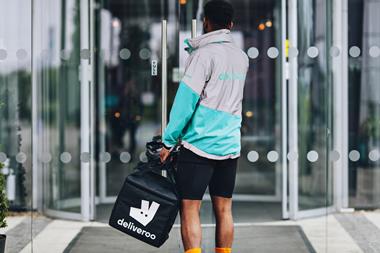

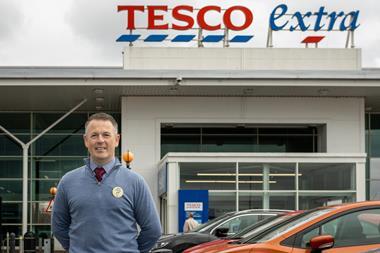
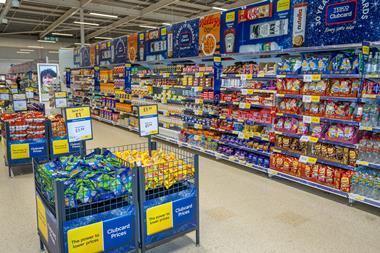
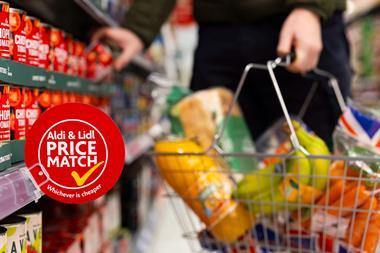






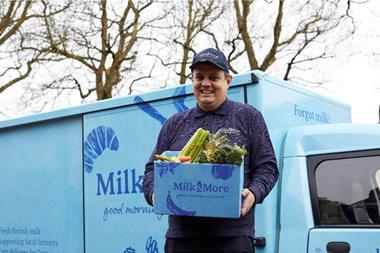
No comments yet